Breaking of Huygens-Fresnel principle in inhomogeneous Tomonaga-Luttinger liquids
Marek Gluza

presenting based on collaboration with
Spyros Sotiriadis

Per Moosavi


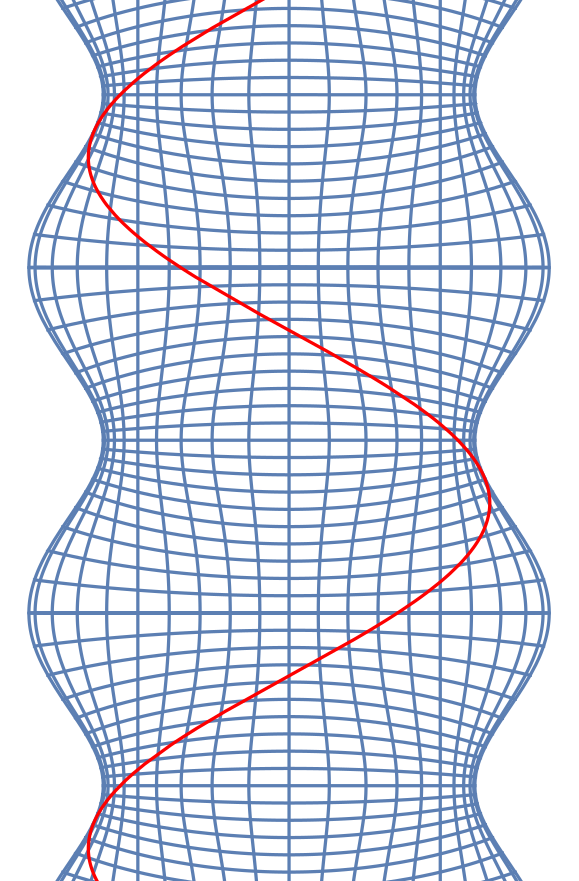

NTU Singapore
Huygens-Fresnel principle

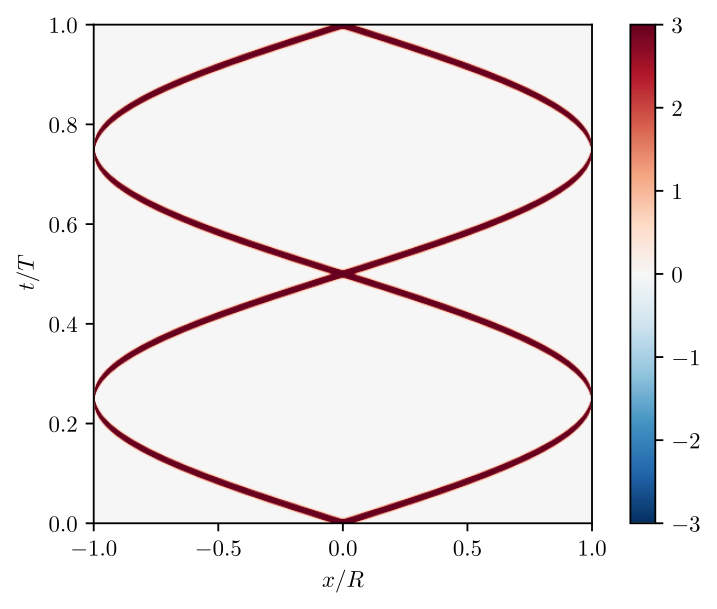

What would it mean Huygens-Fresnel principle is broken?
Wave-front propagation
pinned to light-cone
Wave-front leaking into light-cone


Is Huygens-Fresnel principle valid for quantum fluids?


The light-cone can be curved









Our contribution:
Is Huygens-Fresnel principle valid for quantum fluids?

Tomonaga-Luttinger liquid




Tomonaga-Luttinger liquid
Out-of-equilibrium phenomenology


hydrodynamics


Local signals stay local
Local signals propagate
with constant velocity
Local signals return
to the origin
#Simple
Quantum field refrigerators in the TLL model:
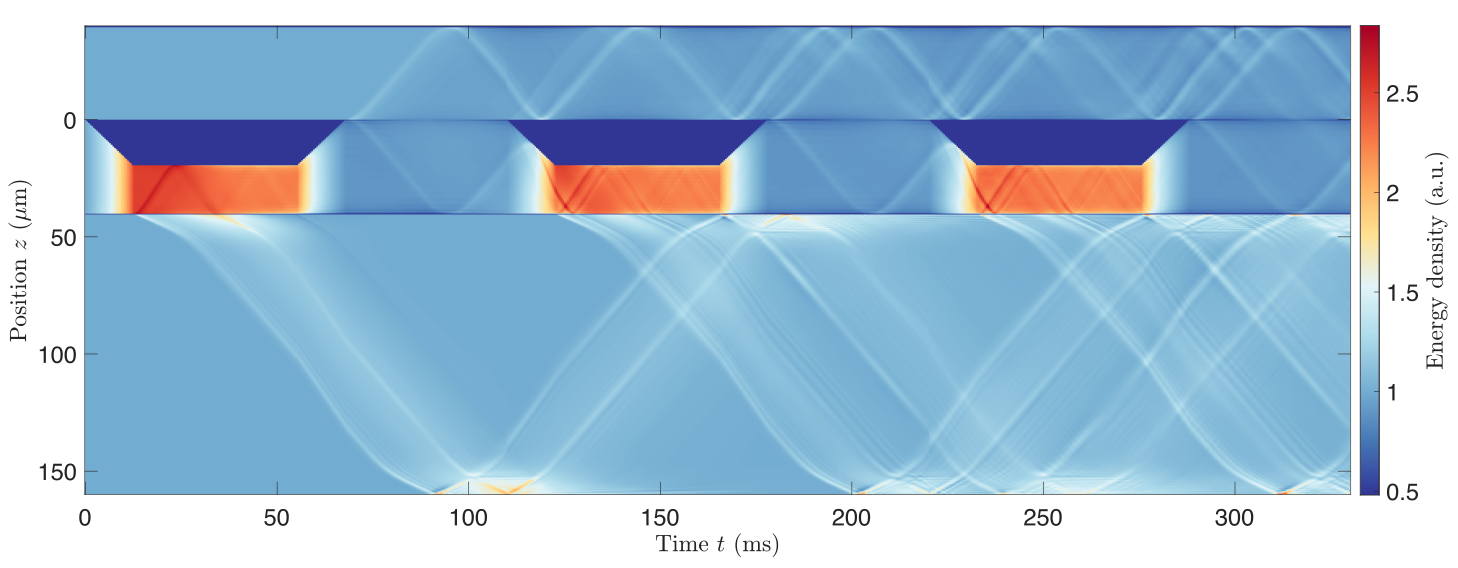
System
Piston
Bath
Bath with excitations
System cooled down
Tomonaga-Luttinger liquid
Inhomogeneous



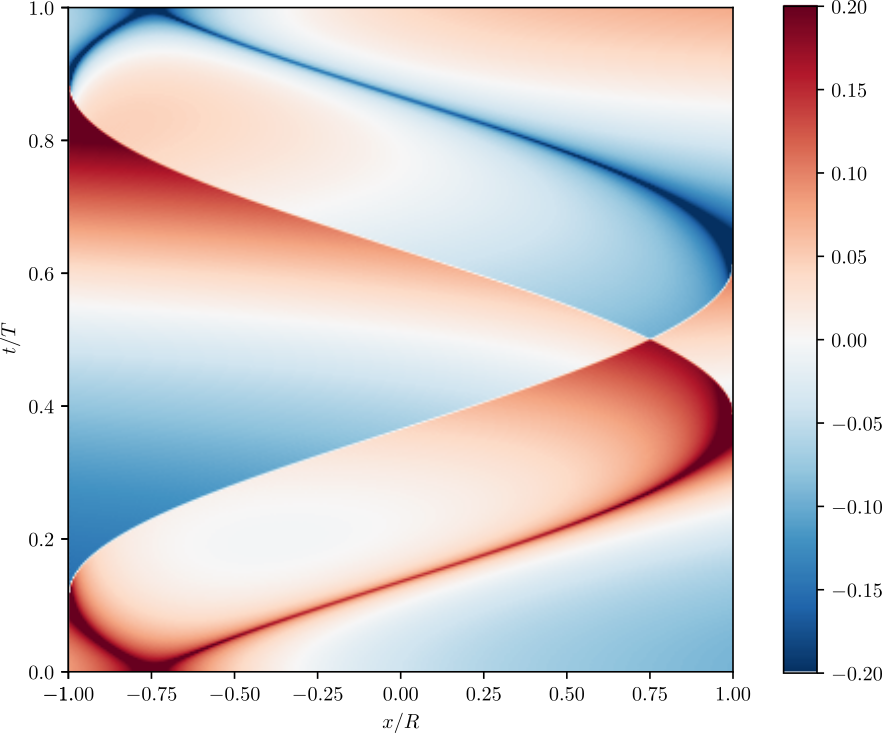
Tomonaga-Luttinger liquid
Inhomogeneous


Tomonaga-Luttinger liquid
Inhomogeneous
Local signals stay local?
Local signals propagate
with constant velocity?
Local signals return
to the origin?
#Complex
Out-of-equilibrium phenomenology


Energy of phonons




hydrodynamics
Tomonaga-Luttinger liquid
Cold atoms as

What if: The atom density will not be constant?
Tomonaga-Luttinger liquid
Cold atoms as
Tomonaga-Luttinger liquid
Cold atoms as
an inhomogeneous



Huygens-Fresnel principle
Huygens-Fresnel principle broken
Tomonaga-Luttinger liquid
Cold atoms as
an inhomogeneous



Huygens-Fresnel principle
Huygens-Fresnel principle broken
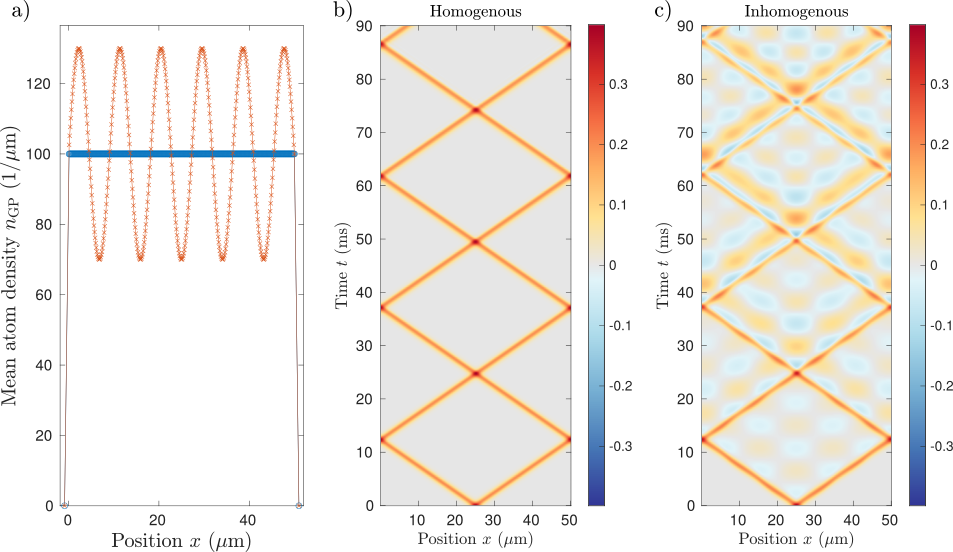






Breaking of Huygens-Fresnel principle in inhomogeneous Tomonaga-Luttinger liquids
Marek Gluza

Spyros Sotiriadis

Per Moosavi




NTU Singapore
Breaking of Huygens-Fresnel principle in inhomogeneous Tomonaga-Luttinger liquids
By Marek Gluza
Breaking of Huygens-Fresnel principle in inhomogeneous Tomonaga-Luttinger liquids
- 583



